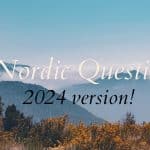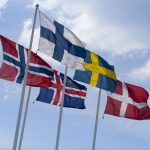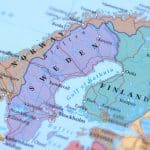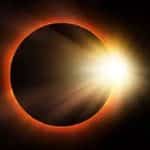Here is another Nordic blog post. Basically, these are 7 Nordic languages ranked from Easiest to hardest, so yeah.
Easiest: Norwegian
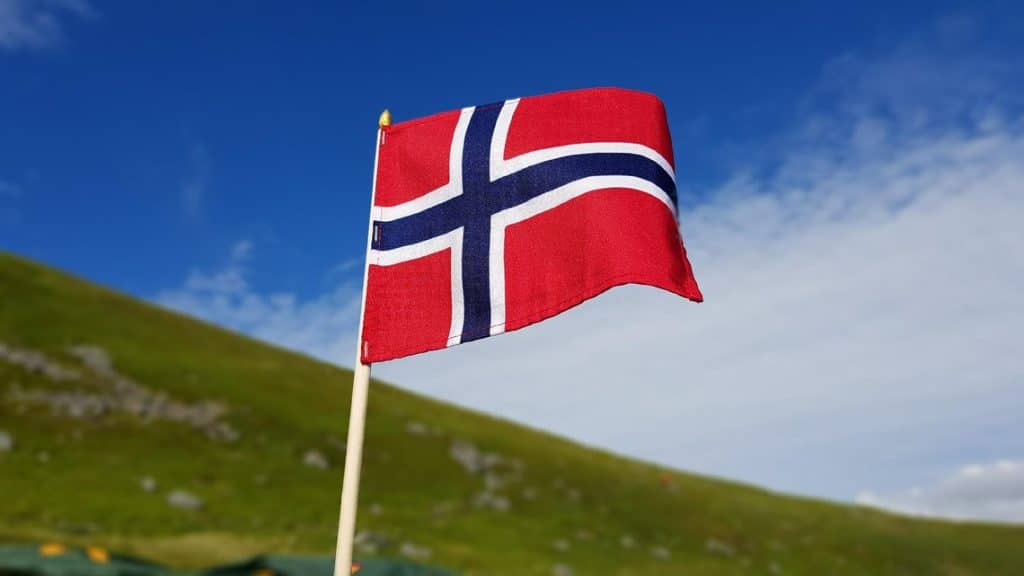
Norwegian is extremely easy. The Norwegian alphabet is not that hard to pronounce, and the only thing to worry about is having to learn the Grammar.
Plus, a lot of words are similar or even the same in English. (for example, Vinter is Winter, and Hallo is Hello.) so yeah.
Easy: Swedish
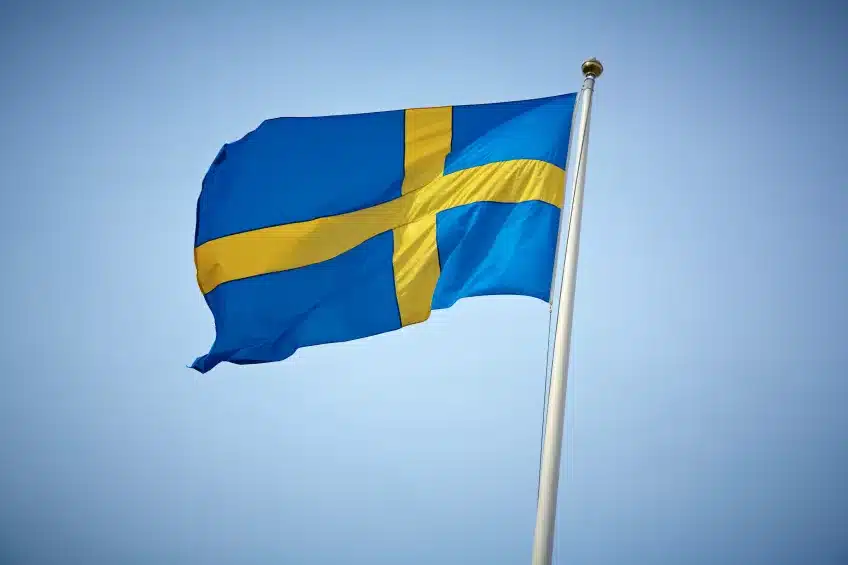
Swedish is 2nd easiest. Its alphabet is similar to the one of Norwegian but with these 2 dudes ӓӧ.
I do want to say grammar is hard, and It can sometimes be quite difficult to understand speech. (I watched this documentary about Sweden, and there were some parts of people Speaking Swedish where I was like, is that actually Swedish?)
I mean, not bad for somebody who learns Swedish from IKEA, Duolingo, and Swedish Folk Songs
In The Middle: Danish
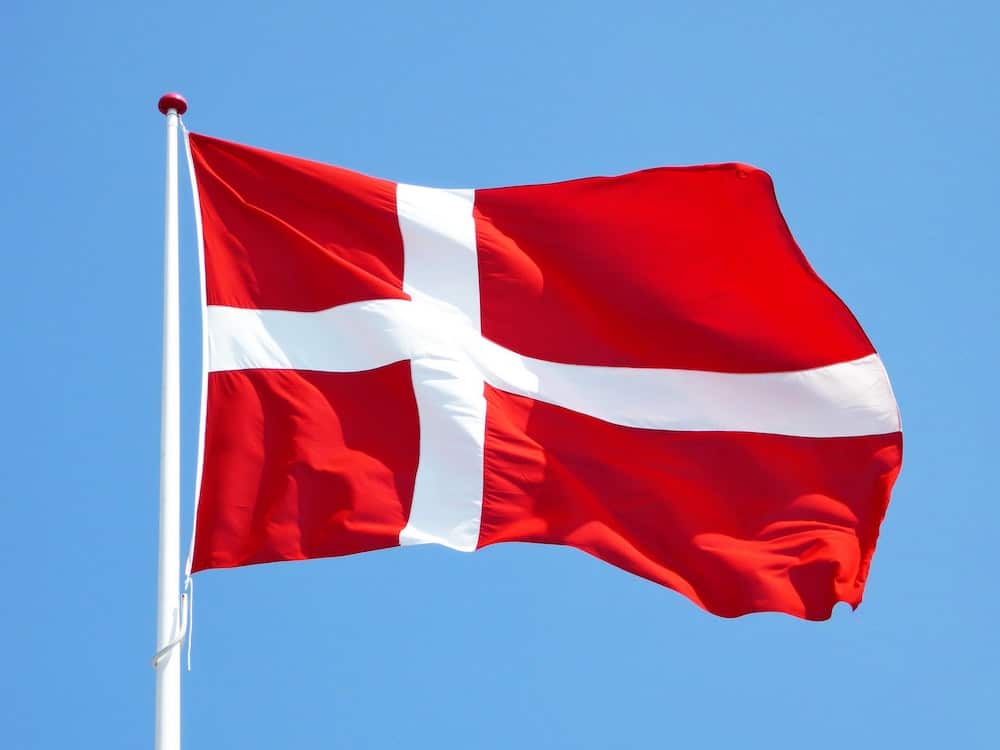
A lot of people (even Danes themselves) say that Danish sounds like you are trying to speak Norwegian while eating.
Danish is a combination of Swedish and Norwegian (Crossbreed languages are pretty common here). A lot of words are derived from Norwegian, while some are from Swedish.
For example, “Jeg Elsker Dig,” which means I love you is an example. “Jeg elsker” Is “I love” in Norwegian, and “Dig” is in Swedish.
Grammar is also hard, and the alphabet is the same as Norwegian.
In The Middle: Faroese
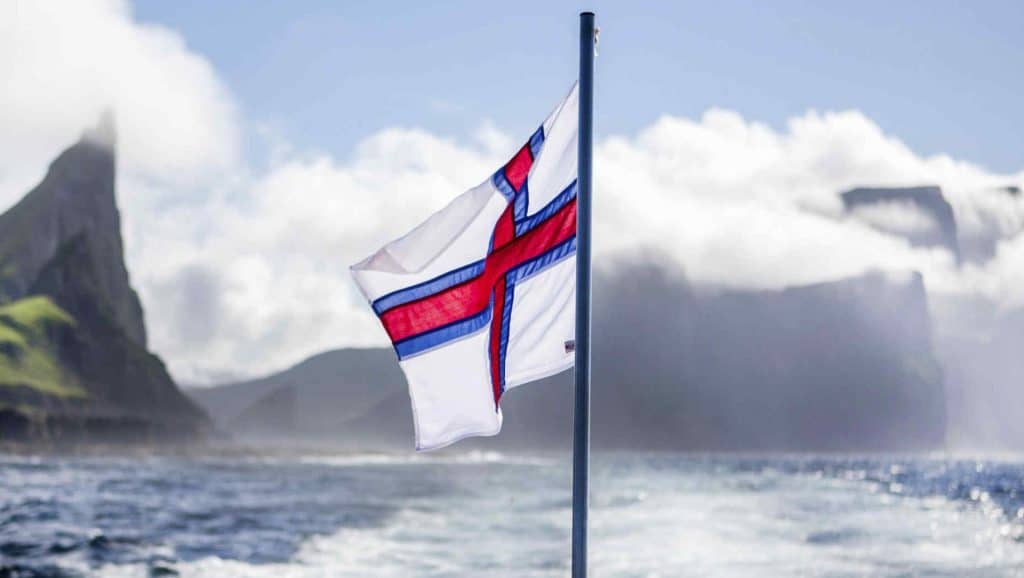
Faroese is the national language of the Danish-controlled (but still has its own government) region of the Faroe Islands.
The Faroese language is a combination of Norwegian and Old Norse (the language of the Vikings. The Faroese grammar is much easier to understand, yet it uses a lot of unfamiliar letters in its alphabet (thanks to the Old Norse part of the alphabet).
The good news is that Faroese has 80,000 speakers, and the Faroese language and heritage aren’t Lost (yes, even in America), so resources may not be plentiful, but if you are lucky enough to come across a Faroese person through social media, that’s great.
Hard: Finnish
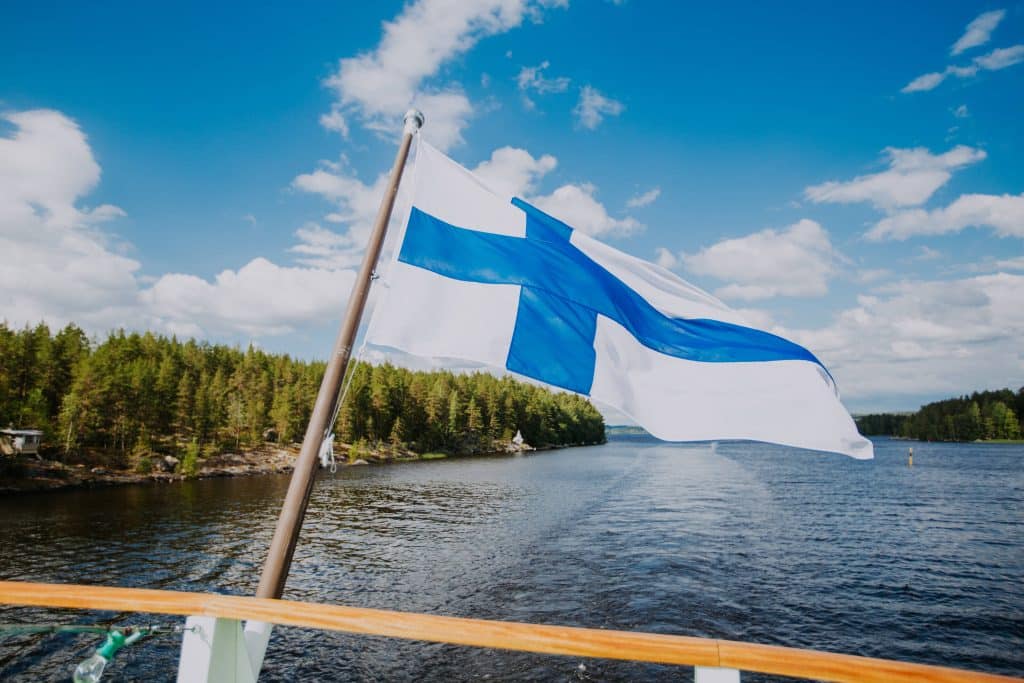
I said this was about Scandinavian languages, and Finnish AND Finnish people are actually Ulraic (Meaning in closer relations to Slavic and Central Asian countries), but due to Finland’s geographical recognition as Nordic (Not Scandinavian), I will add it here.
Finnish uses the same alphabet as Swedish, but don’t be fooled by easy alphabetical use, vast recourse variety (Moomins and WWII Polkkas, time to shine), and interesting sounds, pronunciation, and spelling are EXTREMELY HARD (especially with Big Numbers), and weird-sounding words. (The Finnish word for thanks sounds like a Threat.) so yeah.
Hard: Icelandic/Old Norse
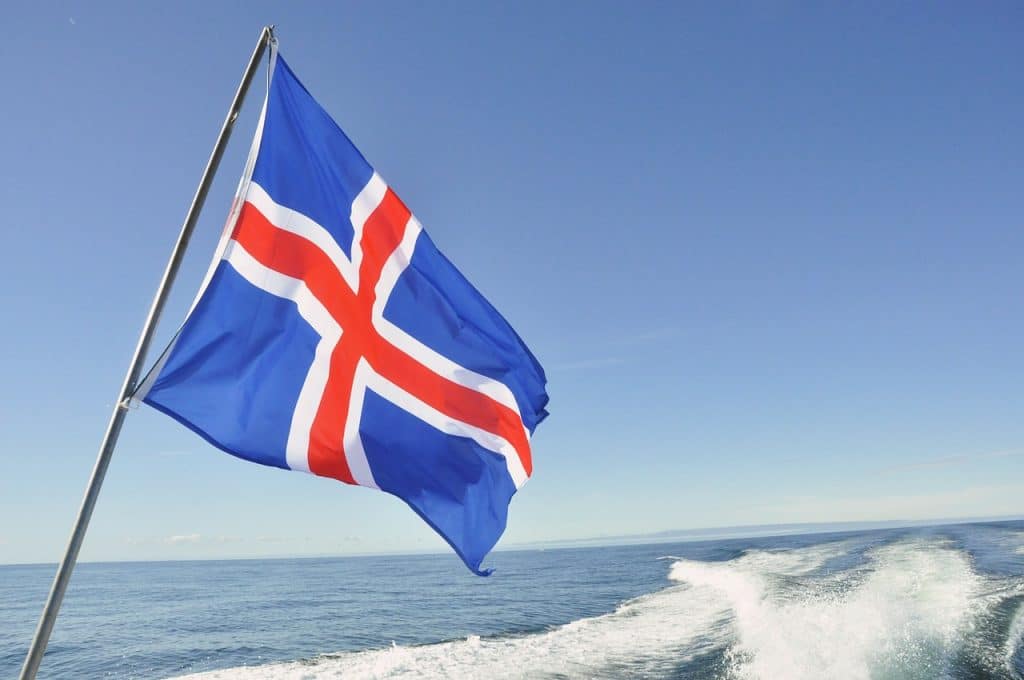
I decided to put Old Norse and Icelandic in the same category due to extreme similarities (the only difference from the top of my head is that Old Norse has this goofy letter ǫ)
Unlike Faroese, which is fast growing, Icelandic is dying. The population of Iceland is 300,000 people, yet only 90,000 people use Icelandic in their day-to-day lives.
Also, Icelandic can be confusing. Not only were letters being added, but they were also removed. For example, the letters C and Y wouldn’t exist in Icelandic, so my name would just be Arl.
Also, Icelandic sounds very different from other Nordic languages. (Icelandic sounds more airy, so you have to have strong vocal chords to learn Icelandic.)
The Hardest…. Any Sami language
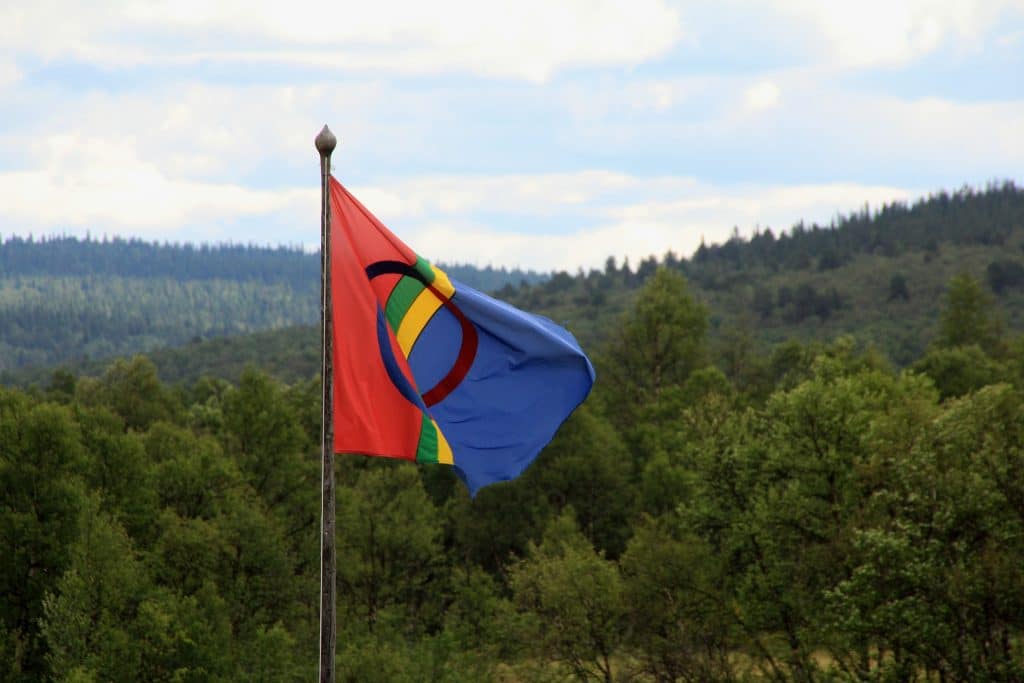
Sami languages (even if you’re learning the most common forms like Northern (100k speakers) or Skolt (60k speakers), Sami is extremely different.
The Sami Languages are Indigenous, and there is a big lack of Non-Government resources (Movies, Books, TV shows, etc) in Sami.
New laws in Norway are making it mandatory for all Children’s shows to have a Northern Sami Dubbing, but what if you DONT live in Norway?
Well, good luck. Also, Like Finnish, Sami has extremely long words and sentences, and the alphabet can be overwhelming (ɳŧš, anyone?)
Unless you live in a Sami city like Inari or Karasjok, then learning a Sami language will be impossible for you.

